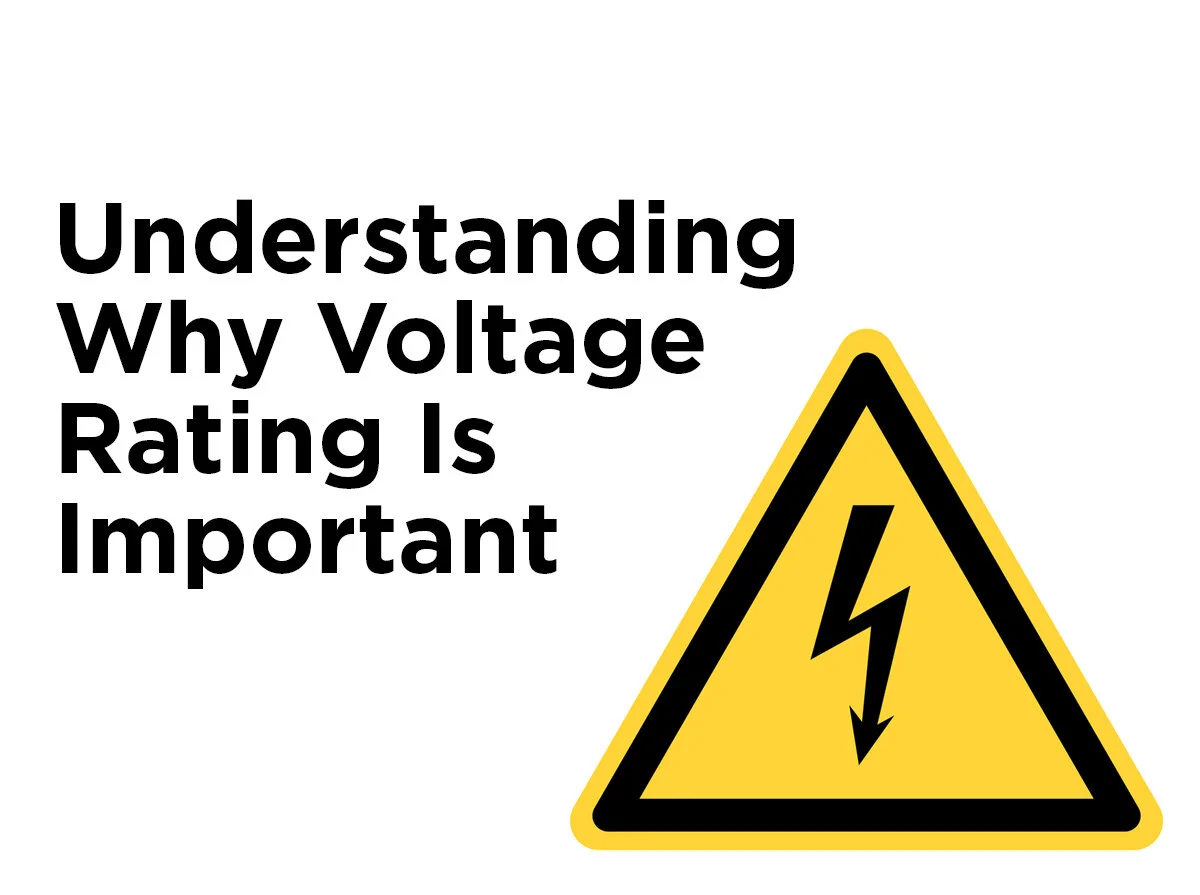Power Surges | Is Your Home Protected?
You smell that? That burnt toast smell coming from your living room isn’t from your favorite cooking show; it’s the fried microprocessor of your brand new big screen TV. The culprit: A dreaded electrical power surge!
What is a Power Surge?
An electrical surge is momentary rush of voltage through an electrical line which typically lasts less than a second and can carry 10 Volts all the way up to tens of thousands of Volts. Minor 10-Volt power fluctuation may seem harmless, but they still hold the potential to disrupt sensitive electronic devices from functioning properly. Low-level power surges won’t be immediately obvious but can cause “electronic rust” which shortens the lifespan of the device by degrading the internal circuits.
Electrical surges come in two forms, either internally or externally. A common misconception is that power surges most commonly occur outside a home, such as a lightning strike to a service pole. However, they are more frequently caused inside a home by re-engaging a tripped circuit breaker or starting/shutting off an electrical device with a large motor.
How Do I Protect my Home from a Power Surge?
A whole house surge protection is the best option to reduce the potential damaging effects of an electrical surge. In order to do so, a comprehensive system must be put into place to protect the electrical wiring in a home. Surge protectors and arresters, also known as surge protection devices (SPD) are used to detect higher-than-average electrical spikes and divert the excess voltage safely to the ground wire until the voltage returns to regular levels. These devices are responsible for protecting your electronic devices and come in three different types to protect electronic devices on three different levels.
Type 1 (At the Meter) – Focuses on external power surges between the utility pole and a home power meter and is typically mounted on the line side. This type of installation might involve contacting your electric company to temporarily shut off power to your panel during the installation.
Type 2 (At the Panel) – Focuses on protecting the breaker panel and branch circuits connected to all the electrical outlets throughout a home and is typically mounted on the load side.
Type 3 (At the Device) – Known as “the last line of defense” these SPDs focus on protecting your plugged in electrical devices via surge protective receptacles, power strips, or adapters.
While having all three levels of surge protection devices are essential, if a home is not properly grounded, the power surge can still potentially cause severe damage. An improperly grounded home runs the risk of directing the electrical spike through an alternative wire and inevitably frying protected devices. Another safety tip for protecting surge-sensitive electronic devices is to avoid plugging them into the same power strip as appliances with large motor loads, like air conditioners. Appliances with motors require a high initial start-up (mini power surge) which could potentially affect other devices on the same circuit.
Still have questions about surge protection devices? Contact our sales team at (800) 624-4488 ext. 2534 or feel free to leave your questions or comments in the section below. Here at 1000Bulbs.com, protecting our 8-Track Players, juke boxes, and VCRs from electrical surges is a top priority! Send us your pictures of vintage electronics that have survived the tests of time through our social media pages via, Facebook, Twitter, LinkedIn, and Pinterest.
Sources:
http://www.stevejenkins.com/blog/2014/10/whats-the-best-whole-house-surge-protection/
https://www.thisoldhouse.com/ideas/surge-protection
http://www.leviton.com/OA_HTML/SectionDisplay.jsp?section=61379
http://www.powerhousetv.com/Energy-EfficientLiving/PowerQuality/028292









